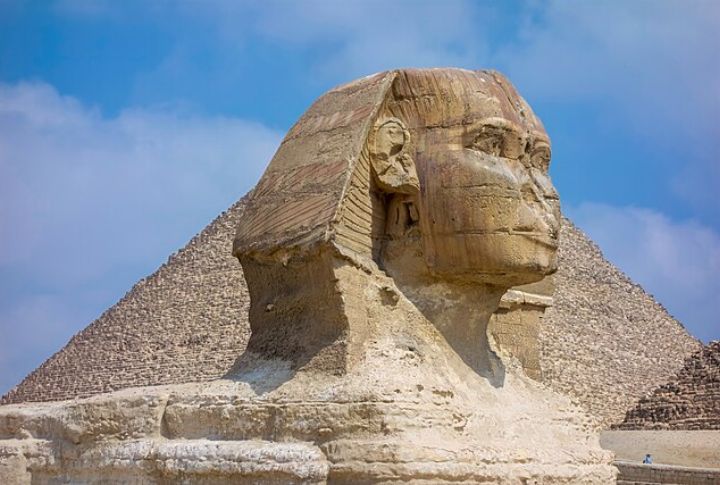
History is more than just dates and events—it’s about the civilizations that built the foundations of the world we live in today. These ancient cultures laid the groundwork for everything from technology to governance, many of which continue to shape our lives. Curious about which civilizations had the most lasting impact? Keep reading to discover 20 ancient cultures that helped shape human history.
The Romans (c. 753 BCE–476 CE)
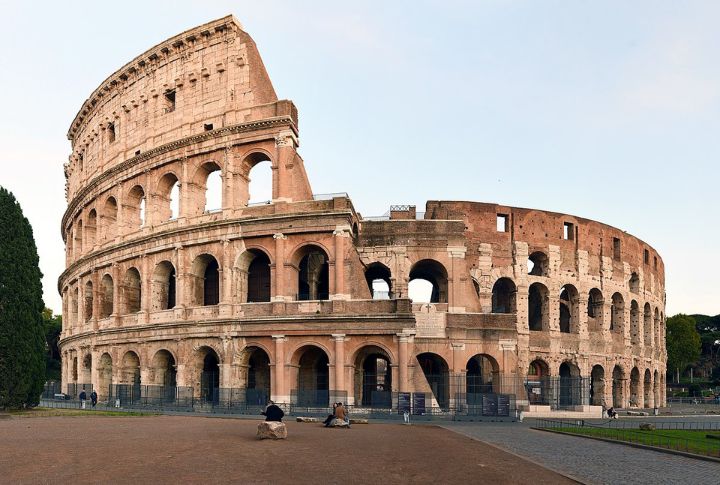
What didn’t Rome influence? Laws, architecture, language, roads, plumbing, they perfected it all. They built an empire that stretched from Britain to Egypt and left behind monuments like the Colosseum. They developed a democratic government with the same executive, legislative, and judiciary branches that modern governments use.
Mesopotamia (c. 3100 BCE–539 BCE)

The land between the Tigris and Euphrates Rivers, now modern Iraq, gave birth to writing, irrigation, and some of the earliest laws. Sumerians, Akkadians, Babylonians, and Assyrians built empires here. Cuneiform, the world’s first written language, started in Mesopotamia, making it one of the most important civilizations in history.
The Sumerians (c. 4500 BCE–1900 BCE)
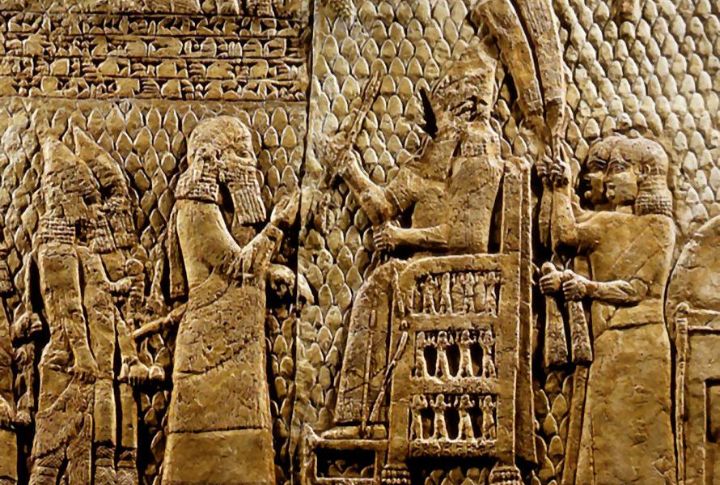
If you’re reading this, thank the Sumerians! They created the first known writing system, cuneiform, and developed early laws, schools, and beer brewing. They might have started in mud-brick villages, but their ziggurats, step pyramids, and irrigation techniques helped build one of the first real civilizations.
Ancient Egypt (c. 3100 BCE–30 BCE)
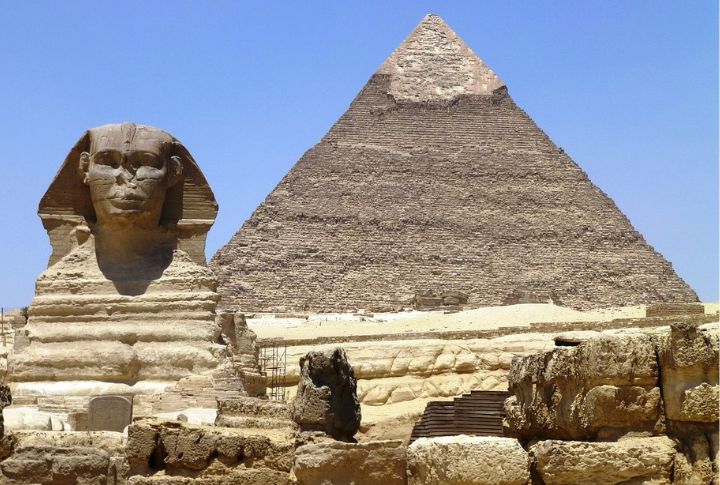
Pharaohs, pyramids, and hieroglyphs—Egypt had it all! Life revolved around the Nile, which provided fertile land and inspired gods. They perfected engineering, built massive monuments, and even had an advanced medical system. The concept of a 365-day calendar? That’s an Egyptian innovation still used today.
Ancient China (c. 2100 BCE–Present)
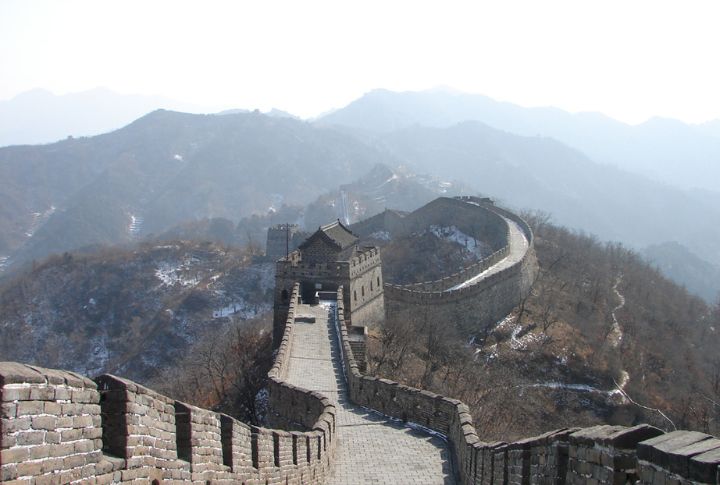
China’s story stretches back to the Xia Dynasty, though the first major ruling power was the Shang. They developed silk production, oracle bones, and bronze weaponry. The Great Wall and the philosophy schools of Confucius came later, but ancient China set the foundation for one of the world’s longest-lasting cultures.
The Hittites (c. 1600 BCE–1178 BCE)
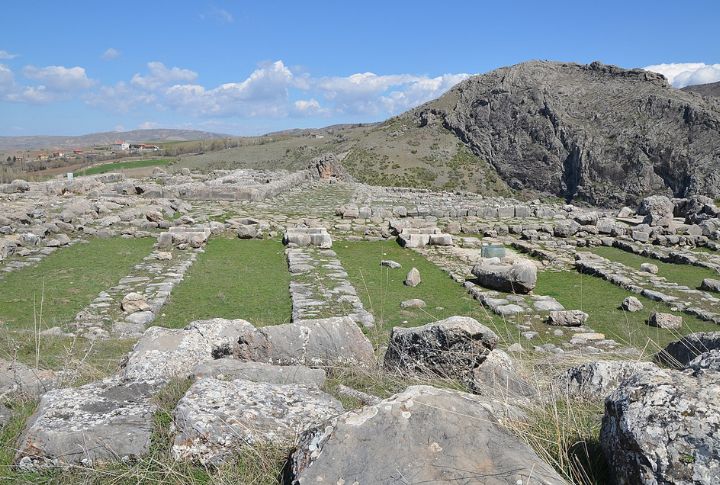
Living in what’s now Turkey, the Hittites mastered chariot warfare and rivaled Egypt. They were among the first to use iron tools, giving them a major military edge. Their secret to diplomacy was a peace treaty with Egypt, which is one of the oldest surviving agreements in history.
The Phoenicians (c. 1500 BCE–300 BCE)
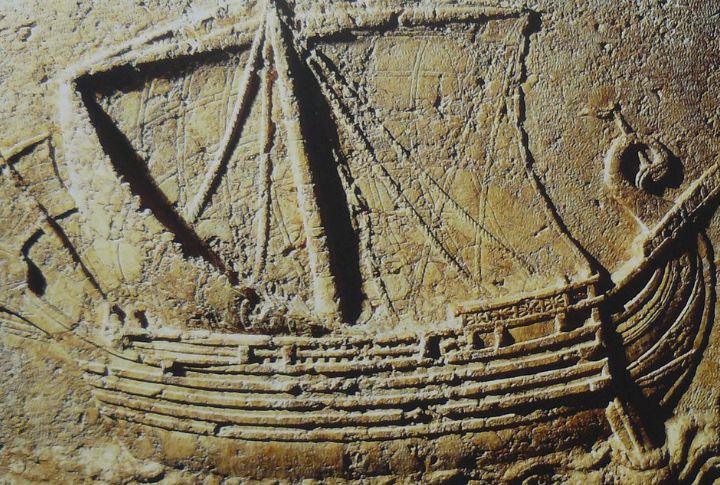
With powerful city-states like Tyre and Carthage, they dominated Mediterranean commerce. These seafaring traders gave the world the first alphabet. Forget paper maps; Phoenicians navigated using the stars and spread their writing system, which evolved into the alphabets we use today.
The Assyrians (c. 2500 BCE–609 BCE)
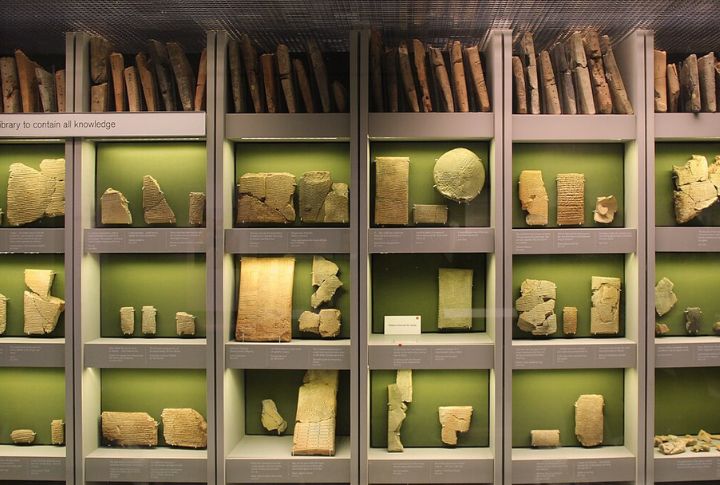
They created one of the first postal systems, so, in a way, it’s thanks to them for somewhat kickstarting long-distance communication. Fierce warriors and masterful engineers, the Assyrians built an empire stretching from Egypt to Persia. Their capital, Nineveh, also had one of the world’s first libraries.
The Olmecs (c. 1200 BCE–400 BCE)
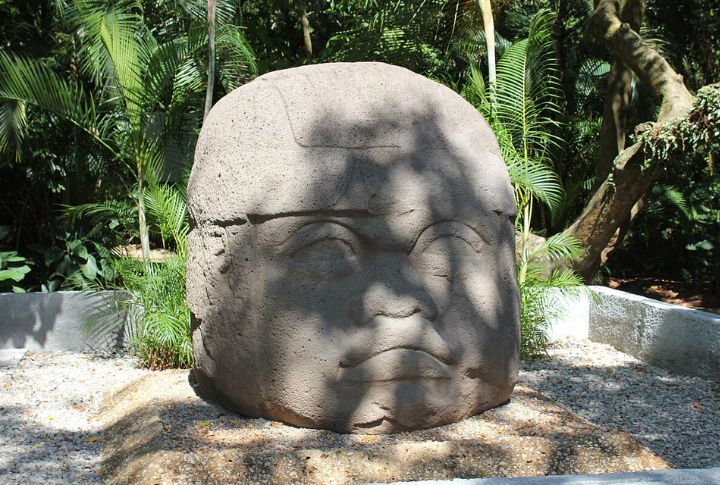
Before the Maya and Aztecs, the Olmecs were creating giant stone heads and complex religious rituals in Mesoamerica. They developed a calendar and early writing and influenced every later civilization in the region. Chocolate, rubber balls, and sacred temples? That all started with the Olmecs.
The Mayans (c. 2000 BCE–1697 CE)
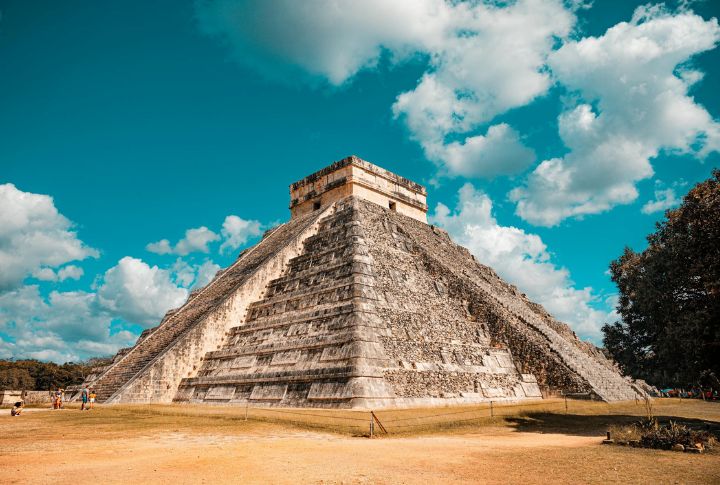
Mathematicians, astronomers, and city-builders, the Maya were way ahead of their time. They tracked celestial events with precision, had an advanced written language, and built massive temples. Contrary to popular belief, their civilization didn’t vanish but only evolved, and millions of Maya people still exist today.
The Parthians (c. 247 BCE–224 CE)
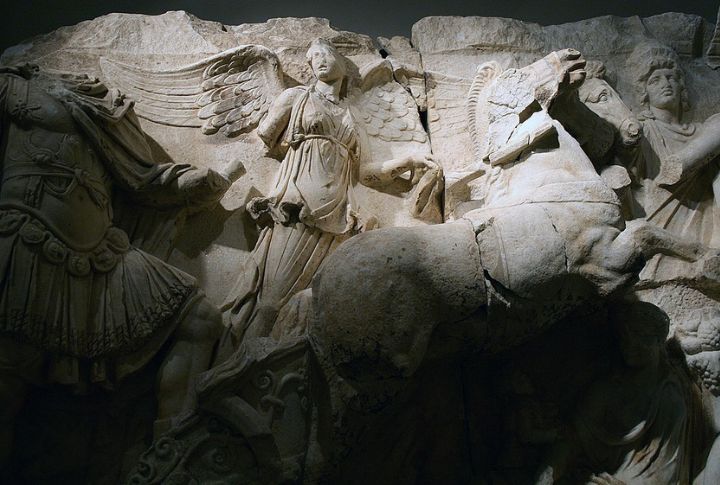
These expert horse archers held off Rome for centuries. The Parthians ruled Persia and controlled major trade routes, including the Silk Road. Their military tactics were legendary, which included riding away while firing arrows backward, which was their signature move, frustrating Roman legions time and time again.
The Huns (c. 370 CE–469 CE)
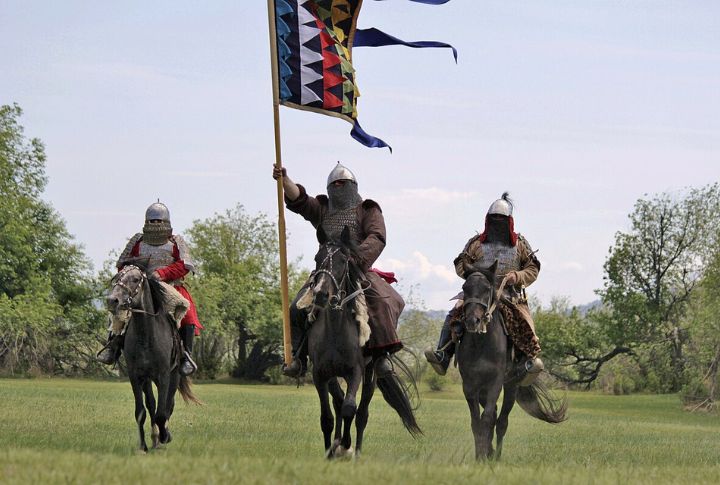
No one terrified the Roman Empire quite like the Huns. These nomadic warriors were led by Attila and made history as they swept through Europe on horseback, demanding tribute and destroying cities. Their empire was short-lived, but their invasions helped speed up Rome’s collapse, altering European history forever.
The Axumites (c. 100 CE–940 CE)
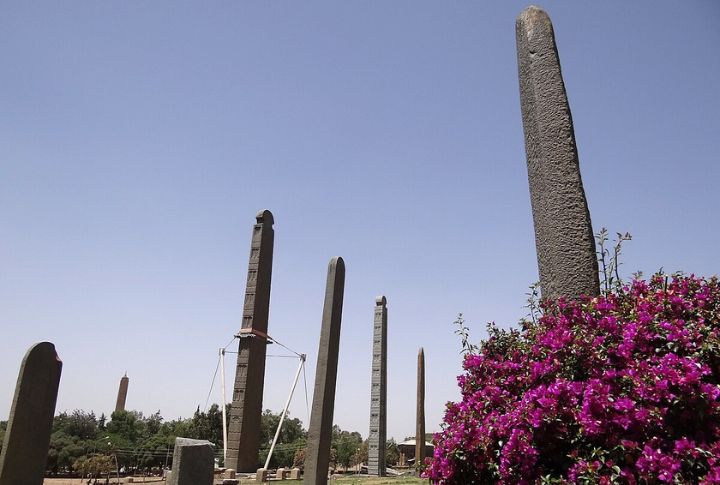
Axum, in modern-day Ethiopia, controlled Red Sea trade routes and was one of the first civilizations to adopt Christianity. They built massive obelisks, created their own written script, invented their own currency, and were a powerhouse in trade, linking Africa, the Middle East, and Asia.
The Nabataeans (c. 4th Century BCE–106 CE)

You may not hear of the Nabataeans, but you’ve probably seen Petra somewhere in history books, where their stunning city was carved into a rock. They built an advanced water system in the desert, traded across the Arabian Peninsula, and left behind one of the world’s most breathtaking archaeological wonders.
The Maurya Empire (c. 321 BCE–185 BCE)
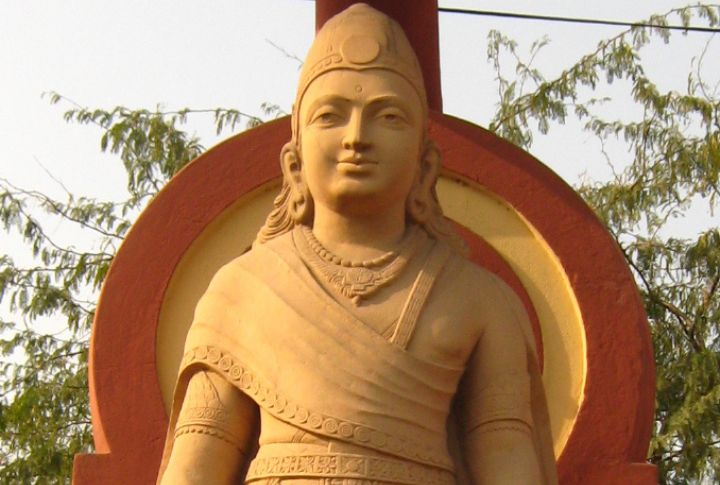
Chandragupta Maurya founded India’s first major empire, but his grandson, Ashoka, was the one who changed history. After a brutal war, Ashoka embraced Buddhism and spread it across Asia. His pillars, inscribed with messages of peace and justice, are some of the oldest surviving records of ancient India.
The Gupta Empire (c. 319 CE–550 CE)
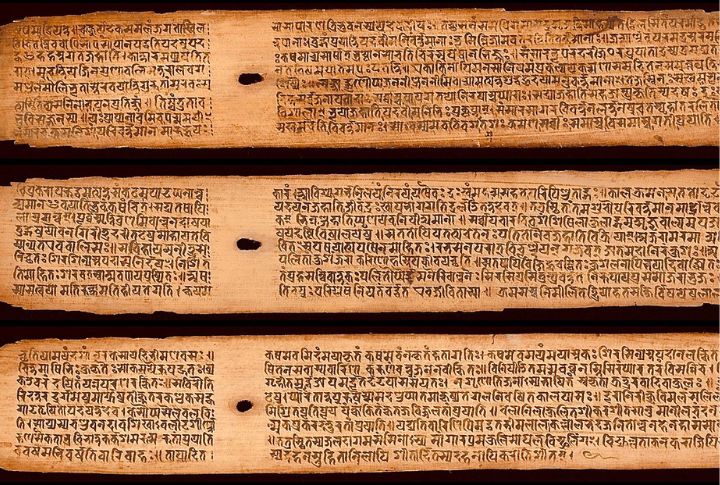
Often called India’s “Golden Age,” the Gupta period saw advancements in astronomy, medicine, and mathematics. We’re talking about the concept of zero and infinity! Sanskrit literature flourished, temples became architectural masterpieces, and knowledge spread far beyond India’s borders. Without them, math and science would have taken much longer to progress.
The Mississippians (c. 800 CE–1600 CE)
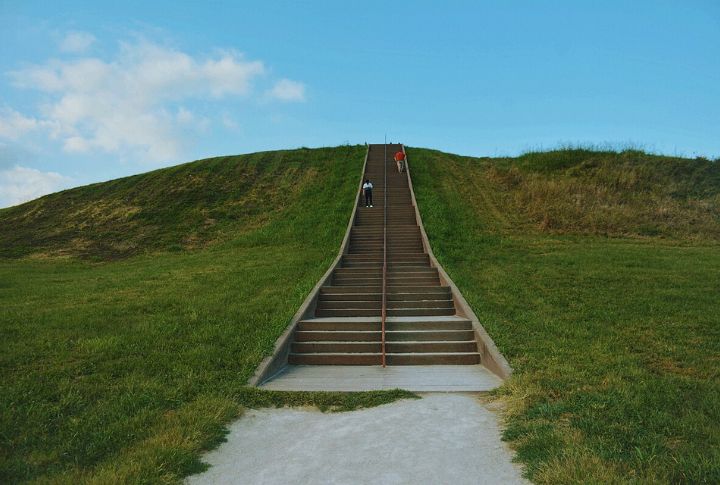
North America’s greatest pre-Columbian civilization built enormous earthen mounds, such as Cahokia, which housed thousands. They also played a role in agriculture, expanding berries, pumpkins, and sunflowers. They traded far and wide, had complex societies, and possibly played an early version of lacrosse. Their civilization faded, but their influence remains strong.
The Inca Empire (c. 1438 CE–1533 CE)
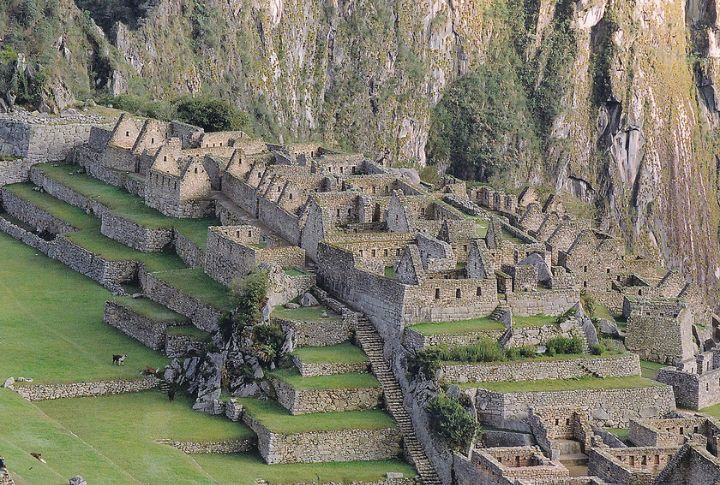
Without wheels or written language, the Inca built a vast empire across the Andes. They created an intricate road system, mastered terrace farming, and built Machu Picchu, one of the most inspiring cities in history. Spanish conquest ended their rule, but their culture still thrives in Peru.
The Hellenistic Civilization (c. 323 BCE–31 BCE)

When Alexander the Great’s empire split, it created a fusion of Greek, Persian, Egyptian, and Indian cultures. Science, philosophy, and architecture flourished. The Library of Alexandria was the internet of its time, and mathematicians like Archimedes shaped the way we understand physics today.
The Srivijaya Empire (c. 650 CE–1377 CE)
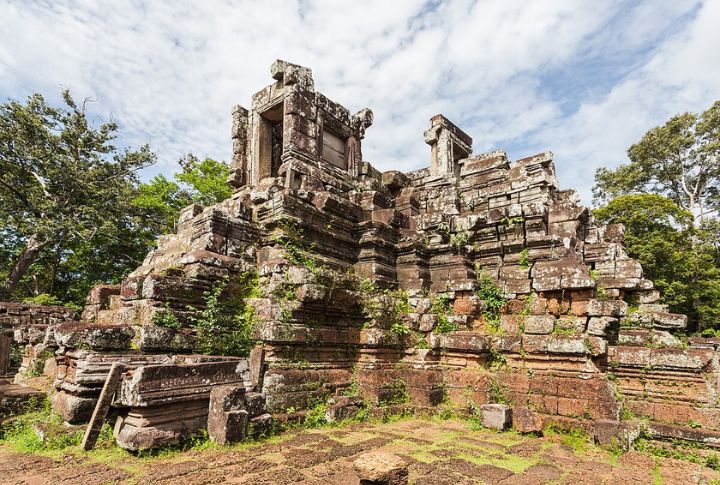
Based in what’s now Indonesia, Srivijaya controlled key trade routes through Southeast Asia. They were the ones who spread Buddhism, built stunning temples, and developed naval technology that helped them dominate the region’s waters. Without them, much of Southeast Asian history might have taken a very different turn.

